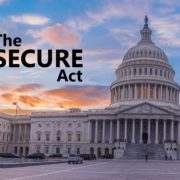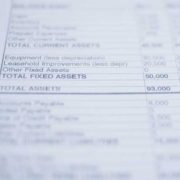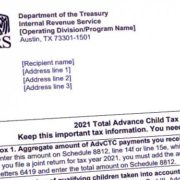How The SECURE Act Is Changing the Face Of Retirement
At the end of 2019, Congress passed (and the President signed) into law the SECURE (Setting Every Community Up for Retirement) Act. Passed as part of the government’s spending bill, this recent legislation will inevitably impact those saving for retirement in a wide range of ways. Some of the key provisions affecting individuals include:
- Repeal of the maximum age for traditional IRA contributions *
- Increase the required minimum distribution age *
- Partial elimination of stretch IRAs
- Expansion of Section 529 education savings plans usage
- Kiddie tax changes
- Penalty-free retirement plan withdrawals for expenses related to the birth or adoption of a child
- Certain payments are now considered compensation for IRA purposes *
In this blog, we will discuss items 1, 2, and 7, starred above. However, stay tuned for the other issues to be addressed in subsequent blogs.
Will The SECURE Act Impact Your Retirement?
Before 2020, traditional IRA contributions were not allowed until after the individual reached age 70½. Under the new rules, contributions are allowed starting in 2020 as long as the individual is considered to have earned income from wages or self-employment (compensation for services), no matter the age.
Additionally, the term compensation has been expanded to include the following: taxable, non-tuition fellowship and stipend payments received by graduate and postdoctoral students as well as tax-exempt difficulty-of-care payments. Both of these payments begin to qualify in 2020. The difficulty-of-care amounts may also be considered for retirement plans and may be available for retroactive application starting in 2016.
Also, before 2020, retirement plan participants and IRA owners were generally required to begin taking required minimum distributions (RMDs) from their accounts by April 1 of the year directly following the year they reached age 70 ½. The new provision allows individuals who do not turn 70 ½ until 2020 or later to wait to take their distribution until 72 if they so desire. If someone reached age 70 ½ during 2019, they must begin receiving their RMDs by April 1, 2020, if they had not taken it during 2019.
Leone, McDonnell & Roberts Can Help You Navigate Through the SECURE Act
We highly recommend checking with your LMR tax advisor before reaching your RMD age. Each individual’s tax situation is different, and careful consideration should be given to determine what year your first distribution should occur. For some, the year you turn 70 ½ may be the most advantageous. However, for others, it might be best to wait to take it by April 1 of the following year. If you wait until the next year, please be aware that a second distribution will be required for that year.










